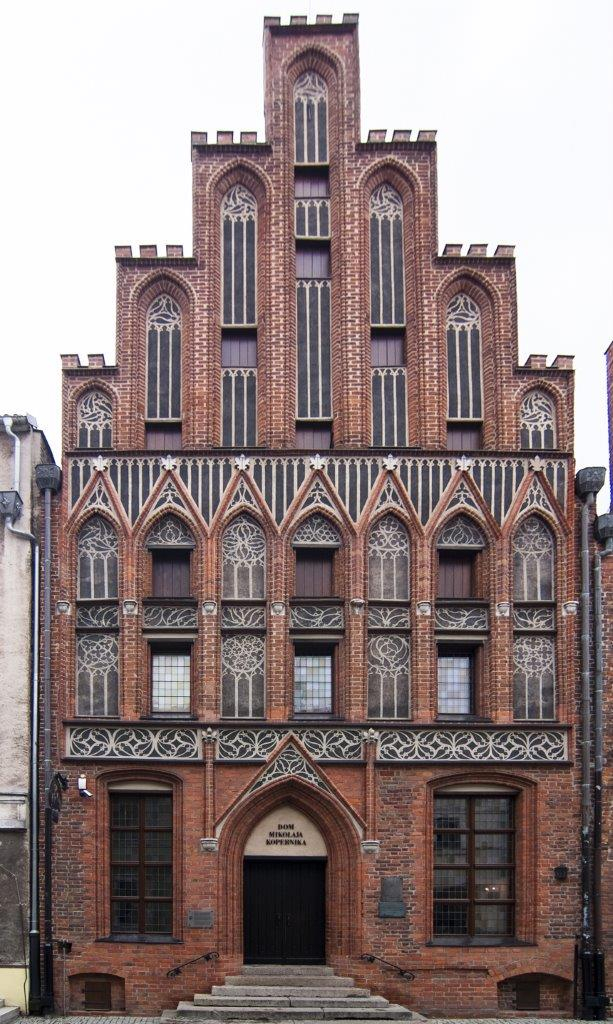Geocentric model of the universe
The geocentric model (also known as geocentrism, or the Ptolemaic system) is a description of the Universe with Earth at the center. Under the geocentric model, the Sun, Moon, stars, and planets all orbited Earth. The geocentric model served as the predominant description of the cosmos in many ancient civilizations. It was formulated by the Alexandrian astronomer and mathematician Ptolemy about AD 150.
The ancient Greeks, for example, considered the planets to include Mercury, Venus, Mars, Jupiter and Saturn — as well as the Moon and the Sun. The Earth was in the center of it all (geocentric), with these planets revolving around it.
 |
| Geocentric Model of the Universe |
The astronomical predictions of Ptolemy's geocentric model were used to prepare astrological and astronomical charts for over 1500 years. So important did this become in culture that the days of the week were named after the gods, represented by these seven moving points of light.
The geocentric model from the late 16th century onward, was gradually replaced by the heliocentric model of Copernicus.
Heliocentric Model of the Universe
The heliocentric model is a description of the Universe with the Sun at the center.
 |
| The Heliocentric Model of the Universe |
Copernicus presented his theory in his work which today is known under the title De revolutionibus orbium coelestium (On the Revolutions of the Celestial Spheres). The treatise started was published in Nuremberg in 1543. It outlined the heliocentric universe similar to what we know today. Among his ideas, according to Encyclopedia Britannica, was that the planets’ orbits should be plotted with respect to the “fixed point” Sun, that the Earth itself is a planet that turns on an axis, and that when the axis changes directions with respect to the stars, this causes the North Pole star to change over time.
Co- author: Agata Stefaniuk, 2R


.png/800px-Copernicus%2C_Mars_(THEMIS).png)
































